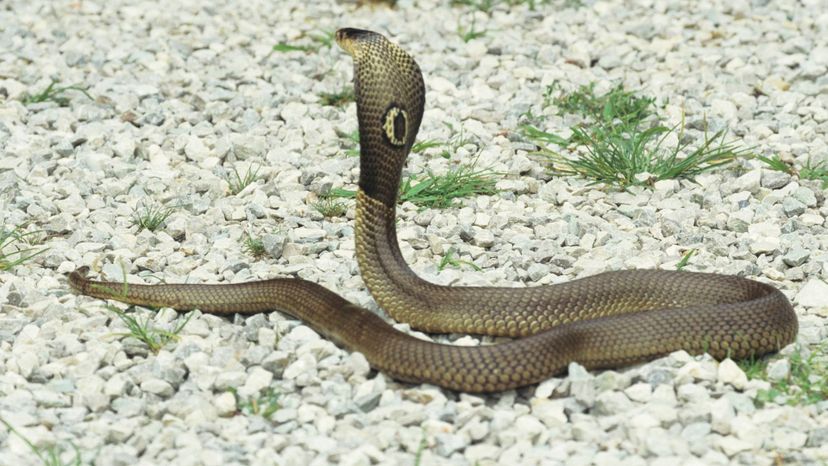
About This Quiz
"Are you ready to test your knowledge on the most lethal snakes in the world? These slithery creatures have struck fear into the hearts of humans for centuries, with their venomous snakes bites causing hundreds of deaths each year. Discover which regions on this planet these deadly snakes like "peron's sea snake" and eyelash sea snake call home in this exciting quiz!
From the jungles of South America to the deserts of Australia, venomous sea snakes or snakes have adapted to various environments and are still a threat to humans today. As urban settlements expand, encounters with these lethal creatures become more common. Are you prepared to face off against one of these deadly serpents? Take the quiz and find out!
Challenge yourself with questions about the most feared snakes and sea snakes on Earth and see if you have what it takes to survive an encounter. Test your knowledge and learn more about these fascinating yet dangerous creatures. Don't let their deadly reputation scare you away, dive into the quiz and see if you're ready to face the world of lethal snakes!
"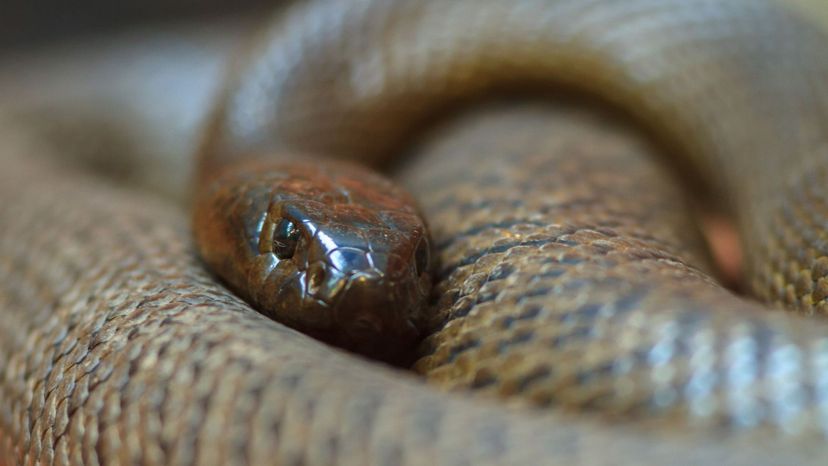
The inland taipan lives in the semi-arid parts of Australia. It's rarely encountered and can be quite shy when it is.

Many-banded kraits are a black or dark blue color. They have white bands, thus the name many-banded, all the way down their bodies.

Offspring from the Peron's sea snakes develop inside the body of the snake. Females usually have around 10 babies per litter.
Advertisement
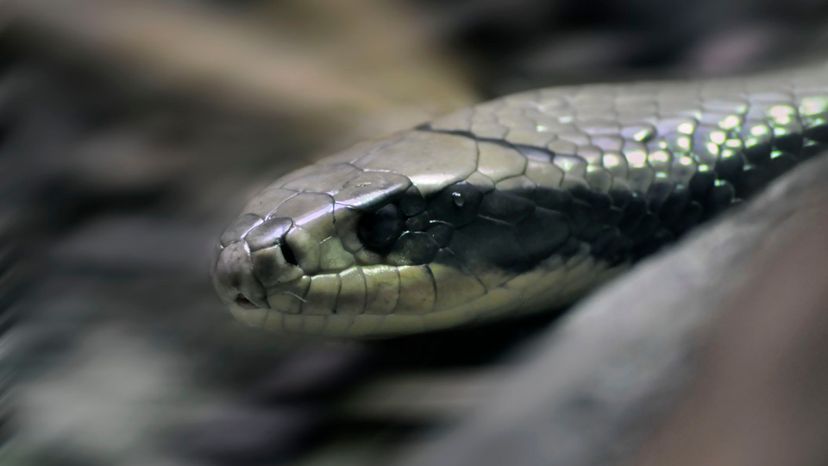
Black mambas will strike multiple times if threatened. Each strike is filled with deadly venom, making these snakes extremely dangerous.

Spectacled cobras are also called Indian cobras. They are known for their hoods, which they display when threatened.
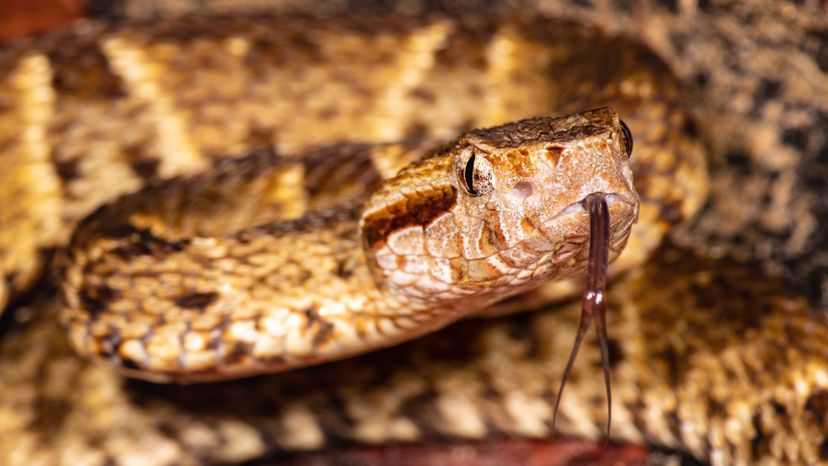
In Costa Rica, nearly half of all snakebites come from the fer-de-lance. These snakes are hard to spot because they often hide among fallen leaves.
Advertisement

Death adders do not seek prey like other snakes in Australia. Instead, they are ambush predators, known for hiding until prey passes by.
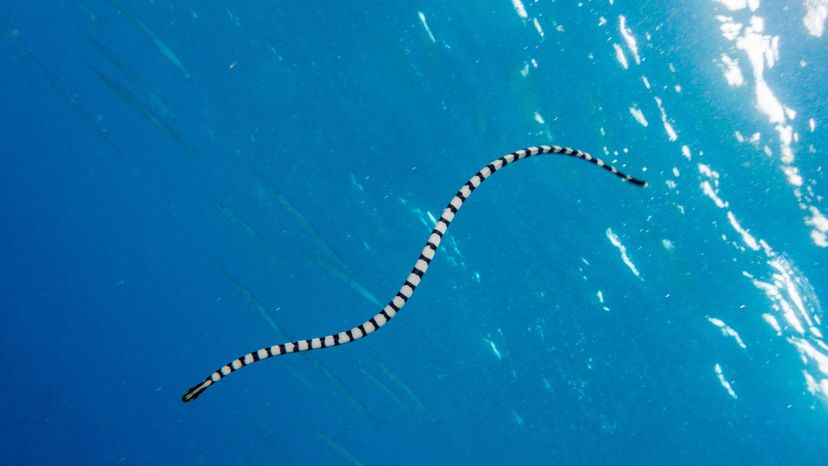
Banded water cobras are rarely seen by humans. This is because they spend most of their time underwater and rarely venture far from a water source.

The color of a tiger rattlesnake ranges from blue-gray to orange-brown. The color of the snake is divided by dark bands, resembling a tiger.
Advertisement
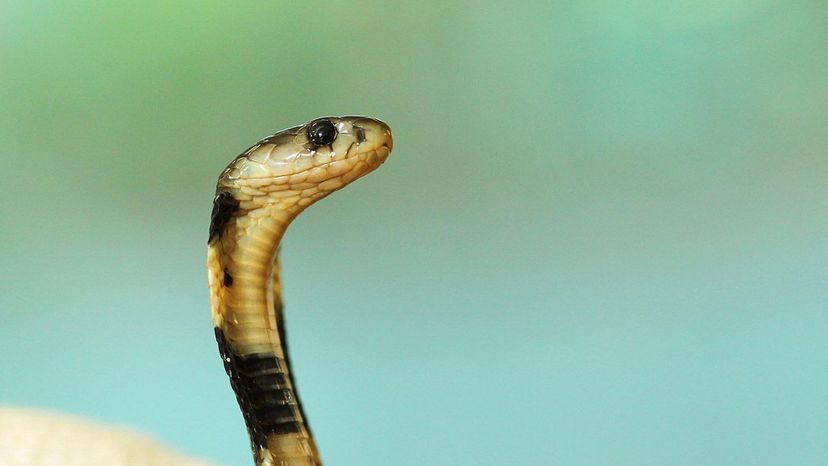
The Taiwan cobra is not picky when it comes to food. These snakes will swallow anything that will go down their throats from fish to birds to other snakes.

The Gaboon viper is the largest viper in Africa. These snakes can weigh up to 45 pounds and reach lengths of six feet.

Part of the danger of a saw-scaled viper is that they live in areas near human settlements. They are also ambush predators who will camouflage themselves while waiting on prey.
Advertisement
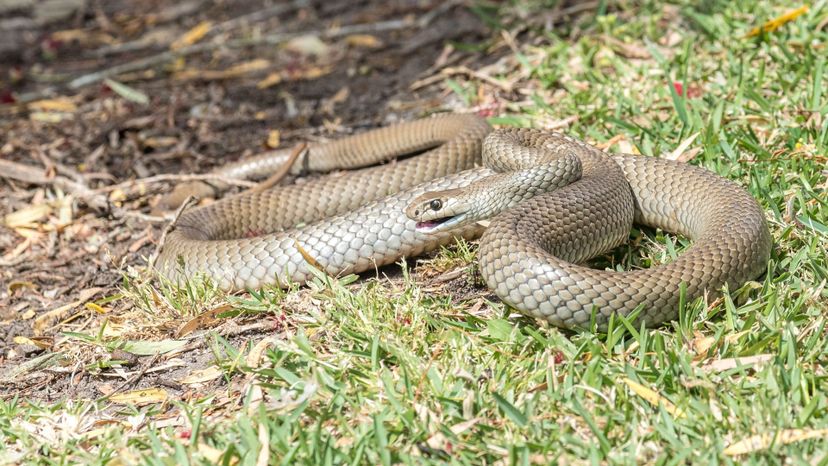
The eastern brown snake is the second most venomous snake in the world. Even new borns can be dangerous for humans if bitten.
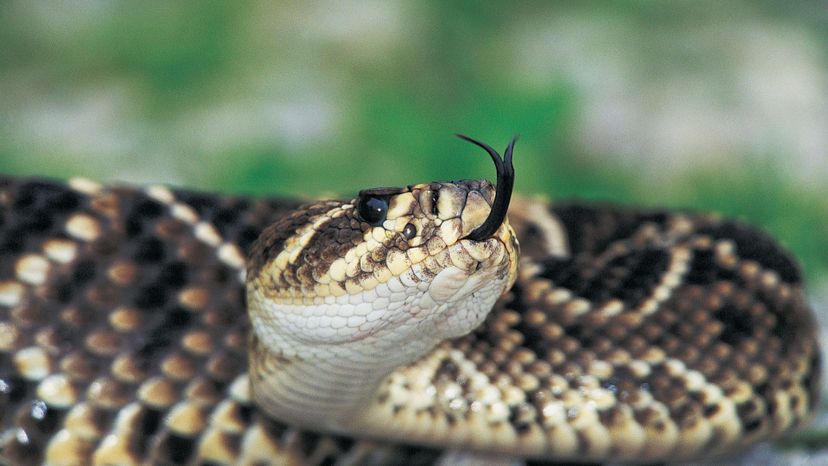
The eastern diamondback rattlesnake is the largest known species of rattlesnake. These snakes are most common in the southeastern region of the United States.

A bite from a west coast green rattlesnake produces a large amount of venom. Luckily, these snakes are not as aggressive as other rattlesnake species.
Advertisement
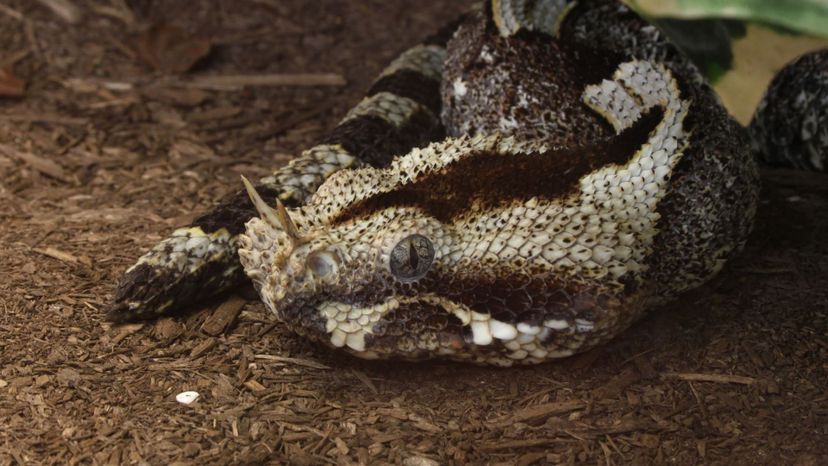
The rhinoceros viper lives in wet environments such as rainforests and swamps. These snakes can be identified by their triangular heads and the hornlike scales on their nose.
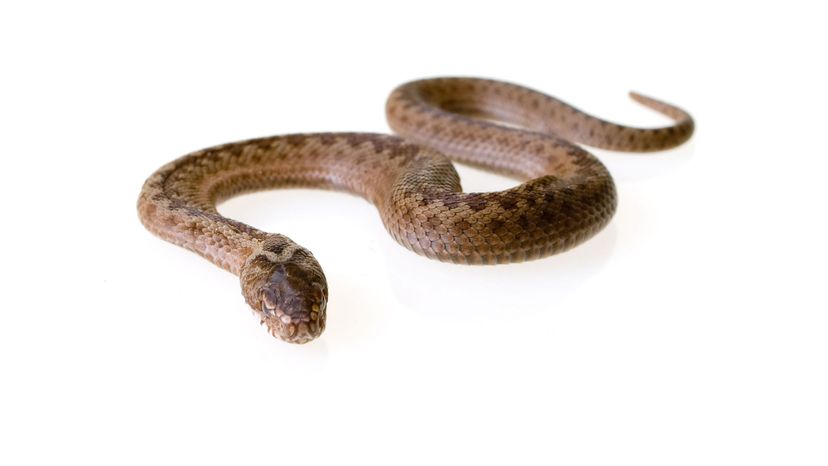
Common adders are the most dangerous snakes found in Europe. Since these snakes travel so far north, they will often hibernate during the winter when food is scarce.
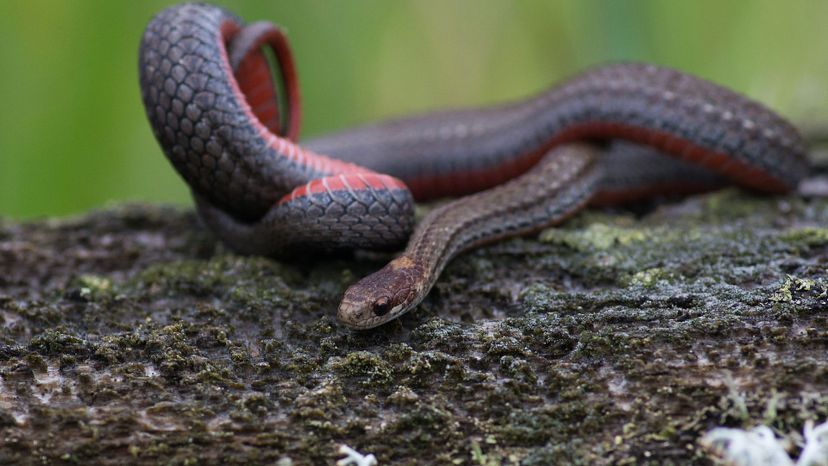
The red-bellied black snake is not an aggressive snake. However, they often encounter humans living on the east coast of Australia, resulting in multiple snakebites per year.
Advertisement
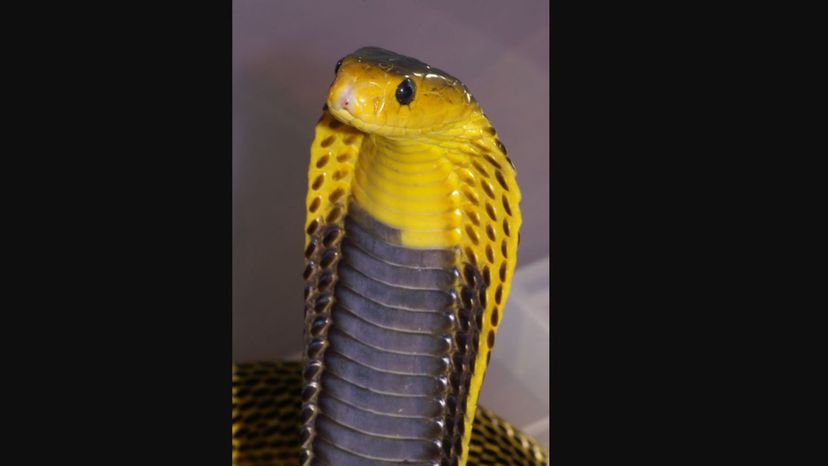
The Samar cobra is dangerous both for its venomous bite and for spraying venom. The venom from these snakes can cause paralysis and respiratory failure.
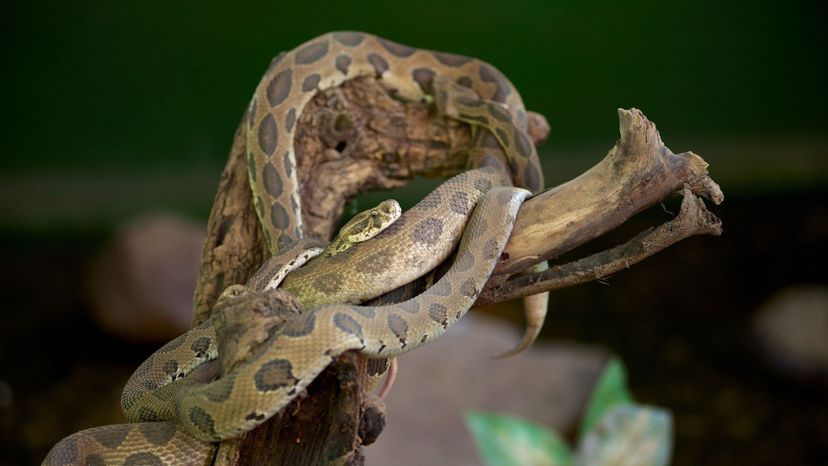
The Russell's viper was named after herpetologist Patrick Russell. The snake is also called Daboia or "the lurker" in Hindi.
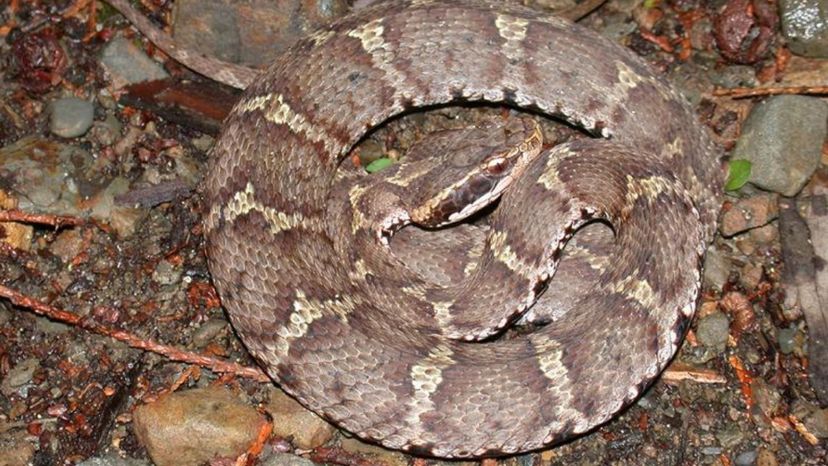
The mamushi is the most common snake in Japan. These snakes bite a few thousand people in Japan each year, resulting in several deaths if medical treatment is not received.
Advertisement
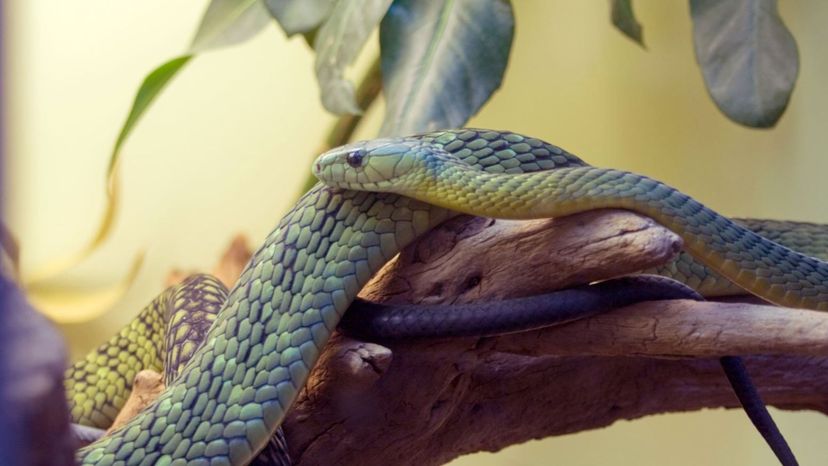
The tail of a Jameson's mamba can stretch a quarter of the snake's length. That's quite significant considering these snakes can grow to over eight feet long.
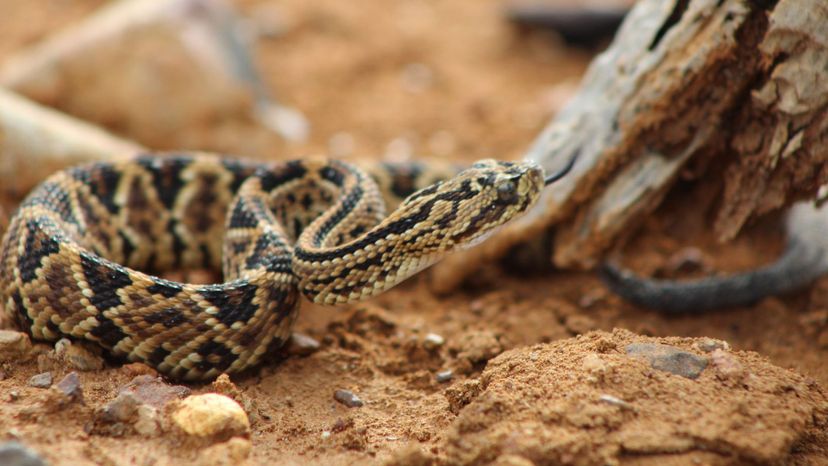
Tropical rattlesnakes are carnivores, eating prey from rodents to fish. They use their venom to paralyze their prey before eating it.

The hundred pacer gets its name from the belief that a person can only walk a hundred steps after being bitten by this snake. That may be a little exaggerated, but it is true that antivenom is usually required after being bitten by a hundred pacer.
Advertisement
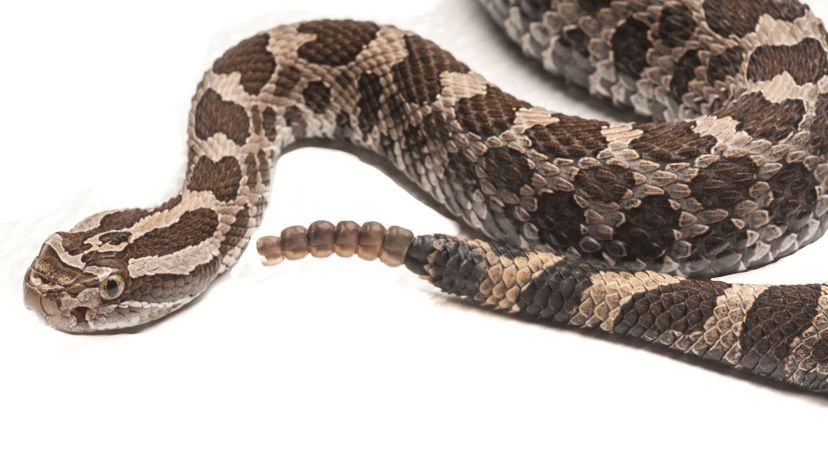
Adult massasaugas are nocturnal animals, meaning they are encountered at night. During the day, they are found under rocks and limbs.
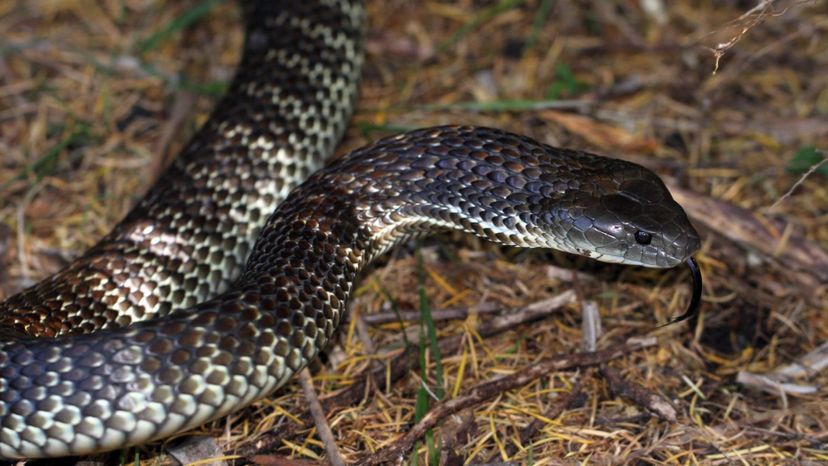
Tiger snakes have to face multiple predators, which includes humans and loss of habitat. They are vulnerable when it comes to being endangered if their population continues to decline.
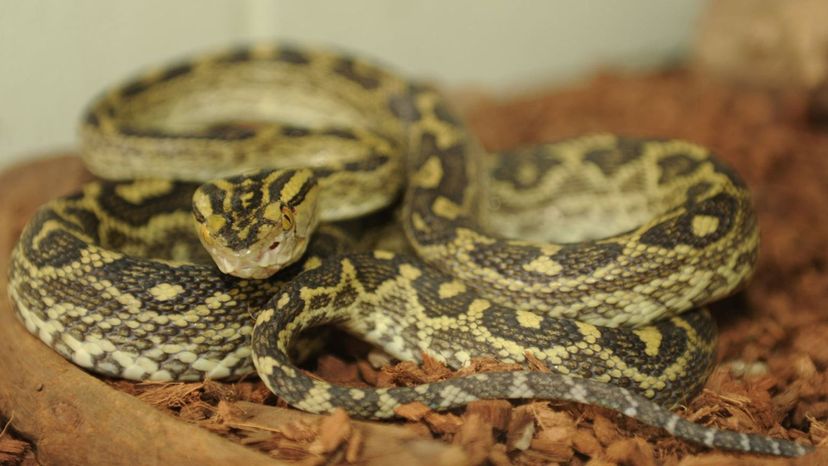
The Okinawan habu can be found on the Ryukyu Islands of Japan. These snakes enjoy hanging out along rock walls and inside tombs.
Advertisement
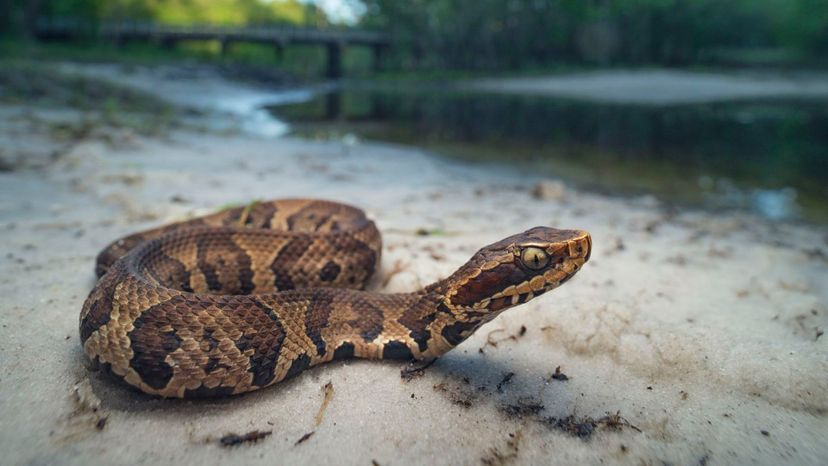
Cottonmouths are also known as water moccasins. These snakes usually don't venture too far from a water source.
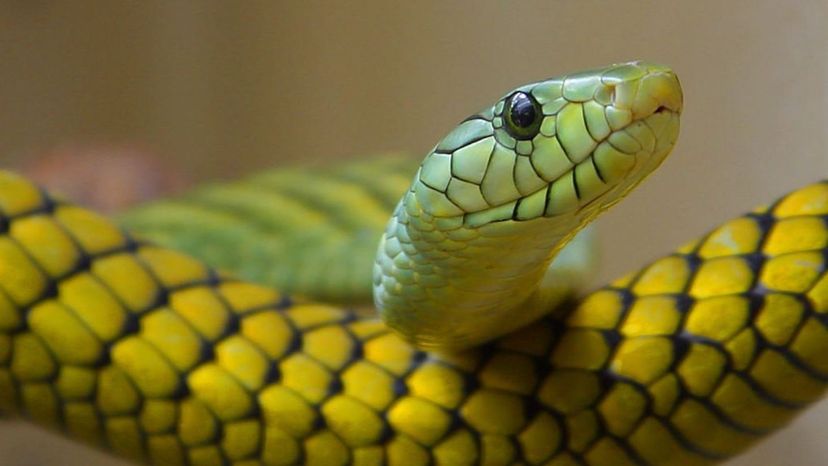
Female boomslangs are oviparous, meaning they lay eggs. They can produce around 30 eggs per cycle.
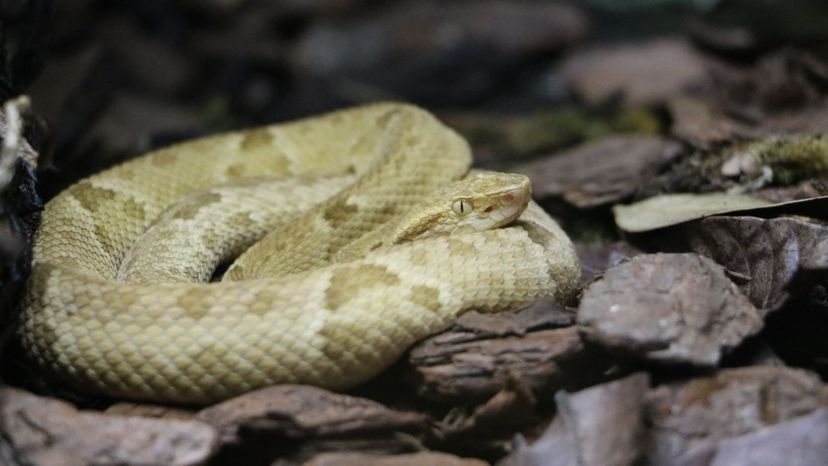
The golden lancehead is only located on Ilha da Queimada Grande, an island off the coast of Brazil. Because they have such a small geographical range, these snakes are considered critically endangered.
Advertisement
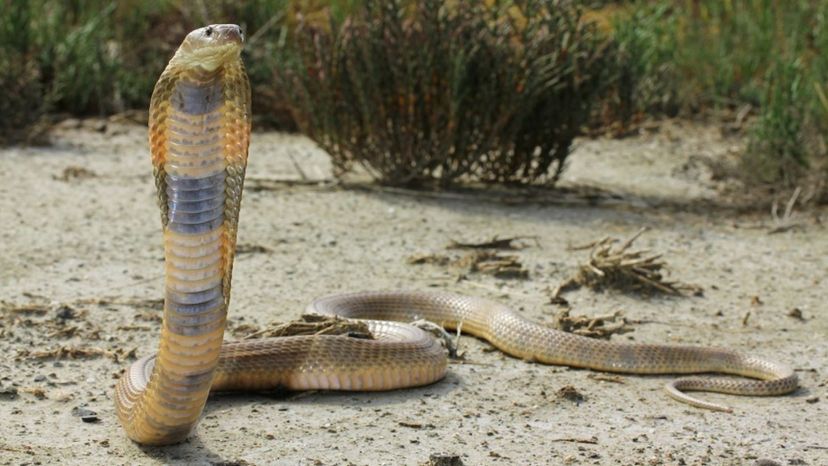
The bite from a Caspian cobra can cause extreme effects within an hour. Left untreated, victims will die from respiratory failure.

Coral snakes are known for their reclusive nature. They are rarely encountered by human but have a deadly bite if they are.

The Cape cobra has a very small geographic range compared to other cobras in Africa. However, they can be found in a variety of environments from the savanna to deserts.
Advertisement

King cobras are an important symbol in the culture of India. They are often associated with snake charmers, though charmers use various types of cobras and other snakes.
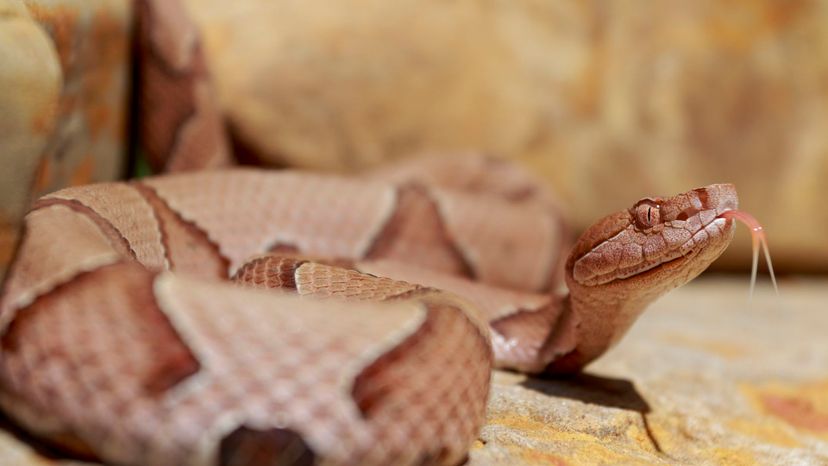
Copperheads are known to pursue small prey such as insects. However, when it comes to larger prey, they are ambush predators which will find a good position to attack from.
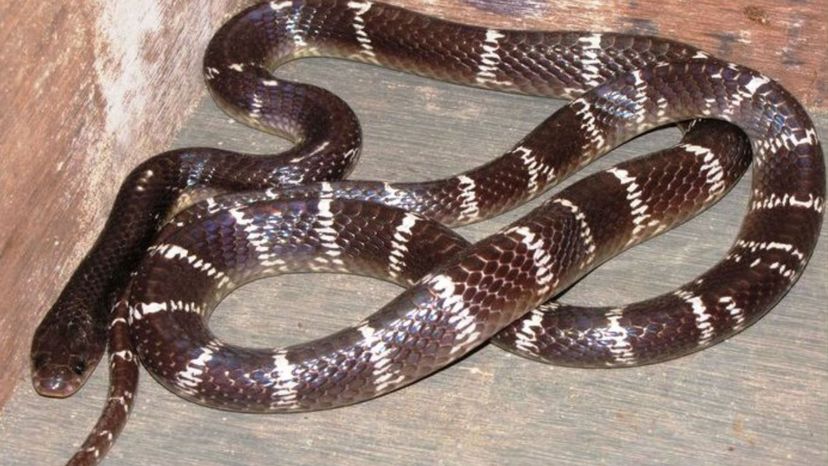
Common krait bites are known for their lack of pain. This can be deceiving, however, because muscle paralysis and respiratory failure can eventually set in.
Advertisement
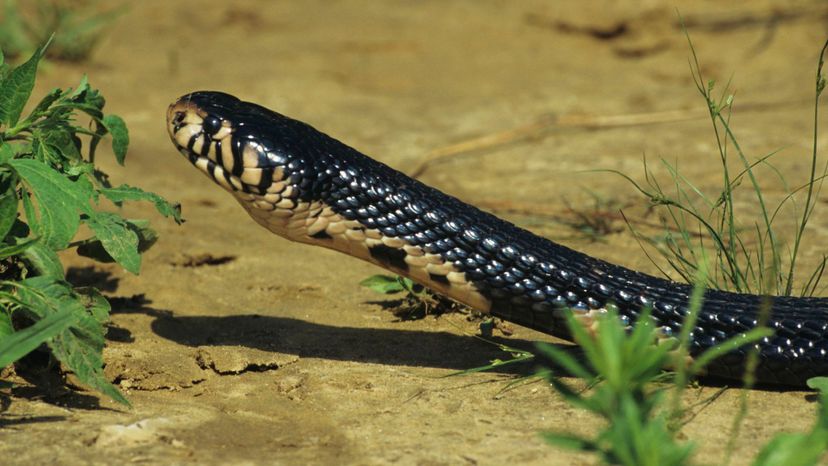
Forest cobras can reach up to 10 feet in length. This makes it the longest species of true cobra in the world.
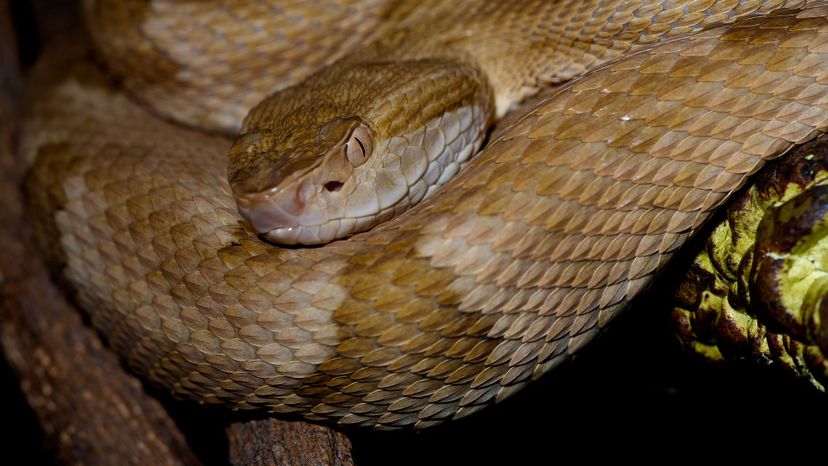
The jararaca is a very common venomous snake throughout Brazil. They are known for living in tropical forests across the region.
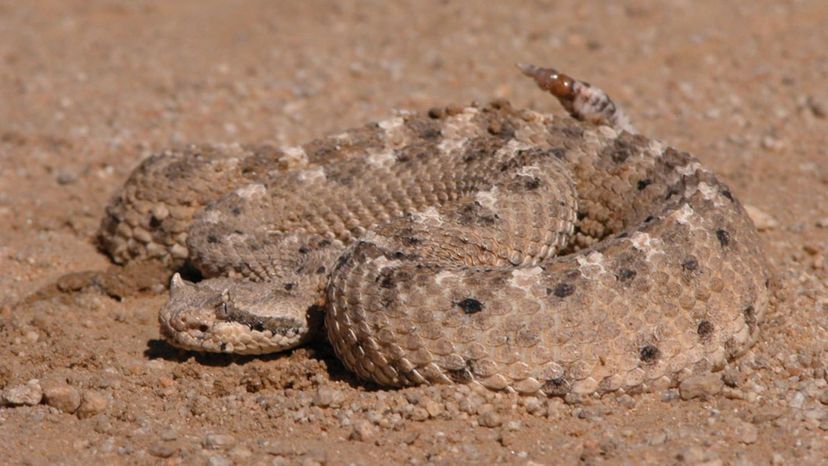
Mojave rattlesnakes choose to live in areas with limited vegetation such as deserts. These snakes are extremely deadly with some of the most potent venom of any rattlesnake.
Advertisement
